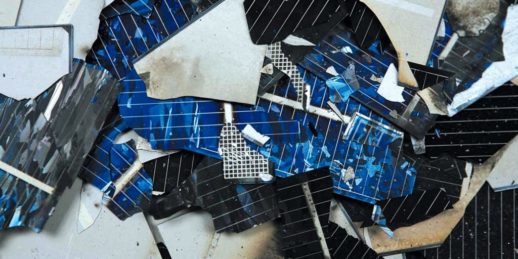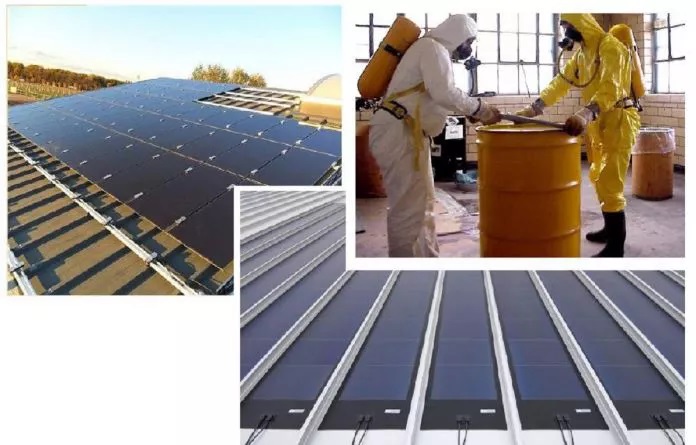The lifetime of photovoltaic panels is in the range of 25-30 years. After a breakdown, solar devices are sent to a landfill marked “electronic trash”. Last year, the amount of e-waste in the world amounted to about 50 million metric tons. According to experts, by 2030, mankind will add several million tons to the total amount of recycled solar panels. By 2050, the amount of e-waste will increase to 70 million tons.
The issue of maximum safe processing of photovoltaic modules in recent years has become increasingly important on a global scale. The European Union launched a pilot project called ELSi. Thanks to large investments from the EU, the German company was able to realize its unique system of utilization of photovoltaic modules. The recycling process consists in extracting and reusing parts of solar modules.

Solar energy at this stage leads among all renewable sources of energy. Its rapid pace of development entails a number of environmental issues, of which the recycling process is paramount. Photovoltaic modules have a certain lifespan. This leads to the emergence of electronic waste every year in increasing amounts. This situation can significantly reduce the profitability of solar energy.
The technology for recycling waste from a company from Germany is based on the pyrolysis process. The use of this method of disposal allows you to extract valuable components from photovoltaic modules. A group of engineers was able to achieve the destruction of the polymers that make up the solar panels. Thus, the idea of processing alternative equipment with the least losses was born.
The principle of the new technology is to separate the layers of solar panels, which are connected using polymers. The methods of utilization of the modules developed earlier did not have the ability to separate the layers mechanically. It was not possible to separate valuable materials from waste during processing.
A new method of disposal will allow gasification of the lower layers of the module. This makes it possible to separate the glass as simply as possible. In the process of processing, components of silicon, tin, copper, aluminum, and silver are extracted in pure form. Thus, the failed solar panels become a source of new raw materials. This method allows you not to throw the modules into landfills, but to reuse them with maximum productivity.

According to preliminary data, the creators of technology predict their invention widespread popularity. German engineers have stated that in the future it will be possible to recycle almost 95 percent of the materials from photovoltaic modules. The statistics state that an innovative installation has the ability to separate about 50 thousand solar panels throughout the year.
New technology allows you to convert electronic waste into real money. If you rework the estimated amount of waste that experts predict will be collected by 2030, you can get 450 million dollars. About 60 million new photovoltaic modules can be created from the selected materials, and this is 18 gigawatts of additional power on a global scale.


